
WAR HORSE directed by Steven Spielberg (UK, 2011)
From sunrise over rolling country hills of Devon to sunset in the aftermath of war, there are scenes in Spielberg’s shamelessly sentimental movie that could have come from an advert for English butter.
This isn’t a story of cows but of a young man’s love affair with a miracle horse named Joey.
Albert Narracott is a farmer’s son who witnesses the birth of this “strong, decent and fine animal” , raises it like it was his own son, reluctantly releases it for adoption when war is declared and is reunited when peace arrives four years later.
If the two had married they’d have sired a foal called Emily, named after the young girl who is one of a series of humans besotted by this noble beast.
The equine symbolism in art are all relevant here; these include strength, nobility, power, freedom, grace and beauty. In Celtic mythology, horses are specifically associated with triumph in war.
The most powerful scenes of this movie are those of the Somme in 1918; a remarkable sequence that pitches us into the muddy chaos of the fight for no man’s land. This vividly evokes the horror and confusion of a battle in which so many young British and German soldiers were needlessly slaughtered. For half an hour we are Private Ryan territory and spared having our heart-strings relentlessly pulled .
War Horse began life as a children’s novel (by Michael Morpurgo) and became a celebrated theatrical production and I can see how the story could succeed in these formats. As a piece of cinema, I feel it could only have worked in an arty expressionistic style or, perhaps better still, as a cartoon. Spielberg brings too much of a syrupy Disney sensibility to the production and in the process makes a story that should be powerful and moving into a tale which is slushy and preposterous .
[Spoof movie poster courtesy of The Shiznit.co.uk]


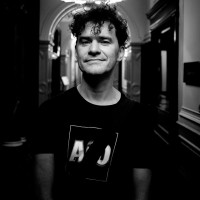
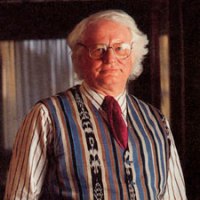
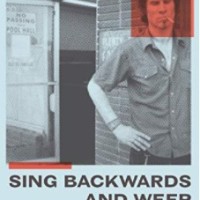

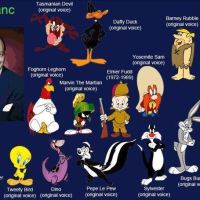
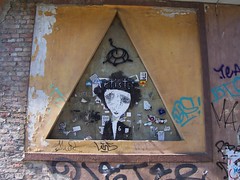
Such a shame – but I had a nasty feeling about it anyway – a Spielberg never changes his spots (shots?), after all. Wasn’t the ending awful? It definitely needed a different approach for me but then it is supposed to be a children’s story. I reckon the play would be fantastic. I also think animation would be a good medium for this tale – I can see it in the style of A-ha’s take on me video, or something. For a better screen war story – see http://www.bbc.co.uk/iplayer/episode/b01bclv2/sign/Birdsong_Episode_1/